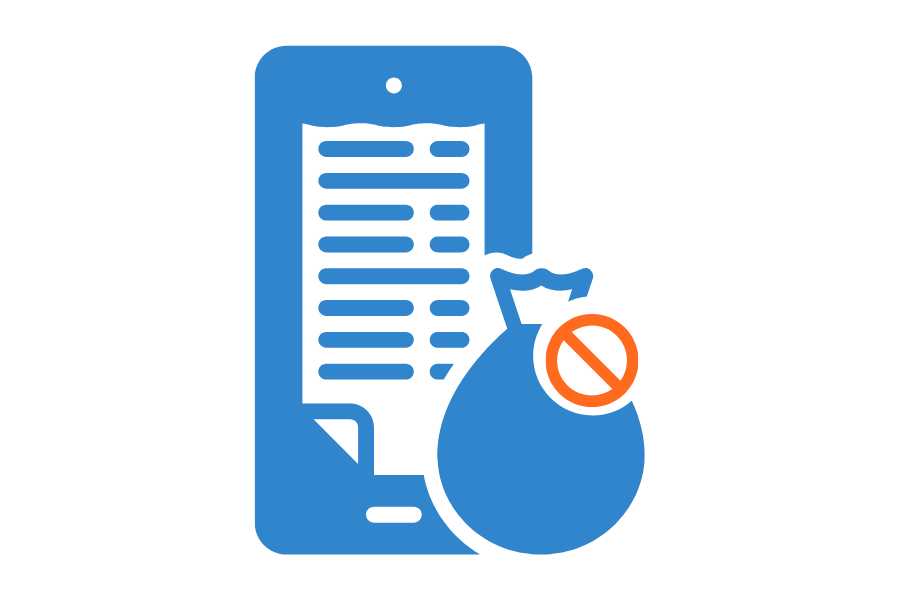How does the Foreign Worker Quota Work? A Guide for Employers in Singapore
Singapore’s workforce is enriched by a diverse blend of local and foreign talent, contributing to its dynamic economy. However, ensuring a balanced workforce composition is crucial, which is why the government has implemented the Foreign Worker Quota system. For employers, understanding the intricacies of this system is paramount to compliance and effective human resource management.
Understanding the Foreign Worker Quota
The Foreign Worker Quota, also known as the dependency ratio ceiling (DRC), sets the maximum ratio of foreign employees to the total workforce that a company in a specific sector can employ. This measure aims to regulate the influx of foreign workers, maintaining equilibrium with the local workforce.
Determining the Quota
The Ministry of Manpower (MOM) calculates the foreign worker quota based on information from the company’s Central Provident Fund (CPF) account. Only local employees meeting specific criteria are counted towards the quota entitlement.
These include Singaporean or Permanent Resident (PR) employees earning the Local Qualifying Salary (LQS) of at least $1,400 per month, or half of the LQS if their salary falls between $700 and $1,400 per month. Certain categories, such as business owners of sole proprietorships or partnerships, are excluded from the calculation.
Calculating the Total Workforce
Employers must compute their total workforce, excluding Employment Pass (EP) holders, to determine the foreign worker quota. This calculation includes the LQS count based on average salaries and CPF contributions over three months, along with the number of Work Permit and S Pass holders.
Sector-Specific Quotas
The maximum number of foreign workers, comprising both Work Permit and S Pass holders, varies across sectors. Different sectors have distinct quotas, with figures rounded down to the nearest whole number. For instance, in manufacturing, the maximum number of foreign workers allowed is determined by multiplying the LQS count by 1.5.
Quotas for Work Permit and S Pass Holders
The quota for Work Permit holders varies by sector, with percentages ranging from 35% in the services sector to 87.5% in construction and process sectors. Additionally, quotas for workers from the People’s Republic of China (PRC) differ for manufacturing and services sectors.
Use the quota calculator here to plan how many Work Permits and S Pass holders your company can hire.
Employment Pass (EP) Holders
Unlike Work Permit and S Pass holders, there are no quota restrictions for EP holders in Singapore. However, EP holders must meet minimum salary requirements of at least $5,000 if they do not work in the financial services sector.
Navigating Foreign Worker Quota and Levy Requirements
Businesses must pay a monthly levy for foreign workers, calculated based on their qualifications and the number of Work Permit or S Pass holders hired. The levy aims to regulate the influx of foreigners and encourage companies to prioritise hiring locals.
Summary
Navigating the foreign worker quota system in Singapore may seem complex, but with a clear understanding of the regulations and guidelines, employers can ensure compliance while building a diverse and productive workforce. Staying updated on government policies, planning ahead, hiring skilled workers, exploring training programs, and engaging professional services are essential steps for effective management under the Work Permit Quota system.
Try Counto accounting service
Counto exists to help small businesses like you save time and money throughout the year. Get direct access to a dedicated Customer Success Manager, who’s backed by a team of accountants and tax specialists. Discover a smarter way to outsource your accounting with confidence. Speak to us directly on our chatbot, email us at [email protected], or contact us using this form.
Here are some articles you might find helpful:







